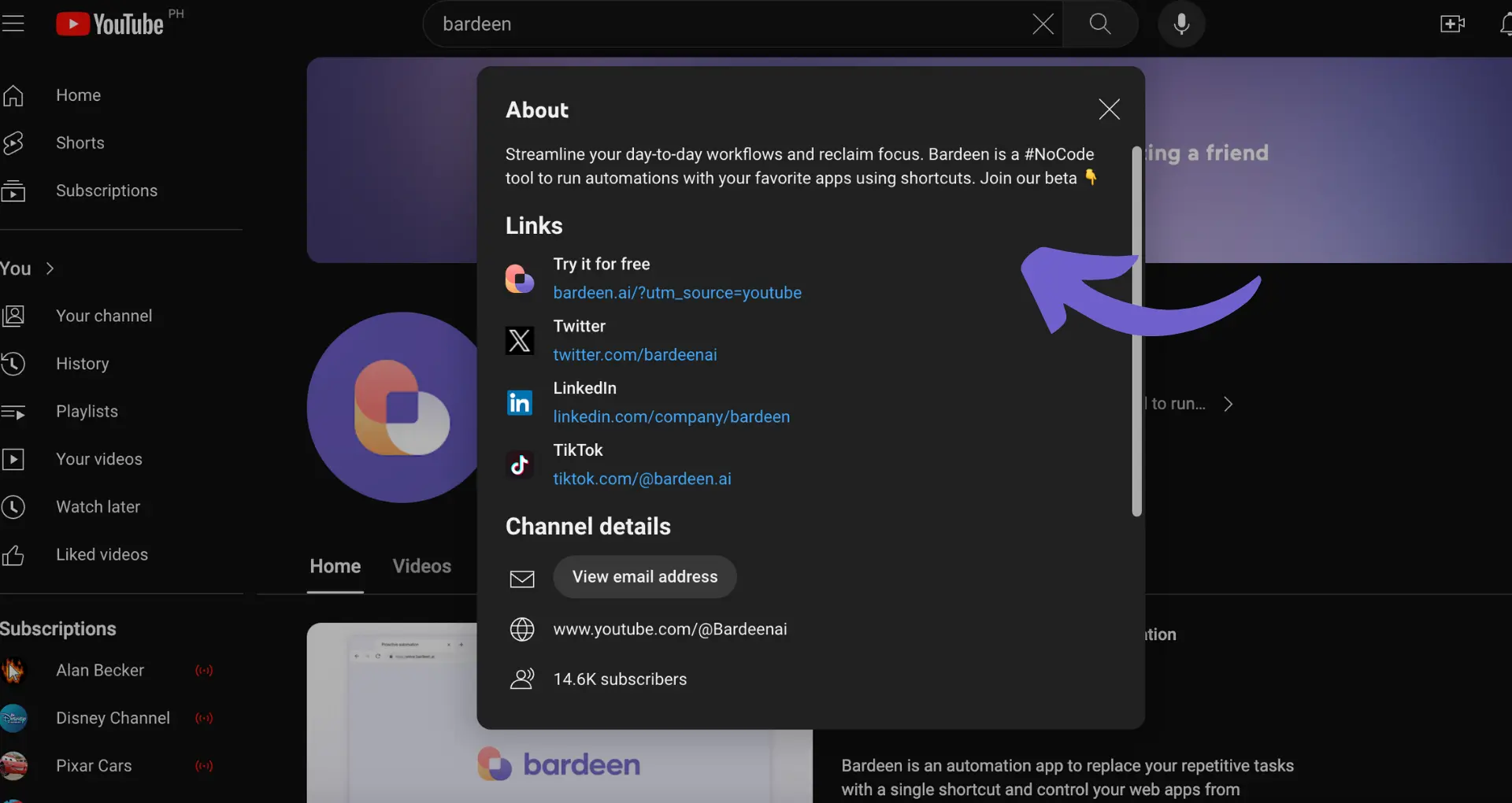Creating a DocuSign document is a critical skill in today's digital age. Whether you're closing a business deal or signing a personal agreement, knowing how to create and manage DocuSign documents can save you time and hassle. In this comprehensive guide, we'll walk you through the process step-by-step, from setting up your account to sending and managing your documents. Plus, we'll introduce you to new AI-powered tools that can automate repetitive tasks, making the process even smoother. By the end of this guide, you'll be a DocuSign pro, ready to tackle any document signing challenge that comes your way. Let's get started!
Understanding DocuSign Documents
DocuSign documents are digital files that can be signed electronically, providing a secure and efficient way to obtain signatures on important agreements. Unlike regular documents that require physical signatures, DocuSign documents use electronic signatures, digital signatures, and digital certificates to verify the identity of signers and ensure the integrity of the signed document.
1. The Benefits of Using DocuSign Documents
Using DocuSign documents offers several key advantages over traditional paper-based signing processes:
- Increased efficiency by eliminating the need to print, sign, and scan documents
- Enhanced security through encryption and tamper-evident technology
- Environmentally friendly by reducing paper waste
For example, instead of mailing a contract to a client for signature, you can send a DocuSign document via email and have it signed and returned in minutes, saving time and resources.
2. Types of Documents Suitable for DocuSign
DocuSign can be used to create and sign a wide variety of documents, including:
- Contracts and agreements
- Non-disclosure agreements (NDAs)
- Employee onboarding forms
- Sales proposals
- Invoices and purchase orders
Essentially, any document that requires a signature can be created and signed using DocuSign. This flexibility makes it a valuable tool for businesses of all sizes and industries.
DocuSign documents provide a secure, efficient, and eco-friendly alternative to traditional paper-based signing processes. By understanding the benefits and types of documents suitable for DocuSign, you can connect Google Docs and streamline your document signing workflows and improve your business operations.
In the next section of this guide, you will learn how to set up a DocuSign account, which is the first step in creating and signing DocuSign documents.
Setting up a DocuSign Account
Creating a DocuSign account is the first step in streamlining your document signing process. By setting up an account, you can choose the plan that best fits your needs, provide the necessary information, and start sending documents for signature in just a few clicks. For more on how to automate your sales prospecting, check out our guide.
1. The Step-by-Step Account Creation Process
To create your DocuSign account:
- Visit the DocuSign website and click "Sign Up" in the top right corner.
- Choose your plan (Personal, Standard, or Business Pro) based on your needs and budget.
- Provide your email address, name, and create a strong password.
- Enter your payment information and complete the signup process.
Once your account is created, you'll receive an activation email. Click the link in the email to verify your account and start using DocuSign.
2. Choosing the Right DocuSign Plan
DocuSign offers several plans to suit different needs:
- Personal: Ideal for individuals who need to send a few documents per month.
- Standard: Perfect for professionals who frequently send documents for signature and need additional features like custom branding.
- Business Pro: Best for teams and organizations that require advanced features, such as bulk send and collaborative workflows. You can also integrate Google Drive for better workflow.
Consider your signing volume, feature requirements, and budget when selecting a plan. You can always upgrade later as your needs evolve.
With Bardeen, you can automate tasks directly from Google Drive. This helps you save time and focus on important work. Learn how to connect Google Drive with Bardeen today.
3. Implementing Strong Account Security Measures
To protect your account and sensitive information:
- Use a strong, unique password and enable two-factor authentication.
- Regularly review your account activity and permissions.
- Train your team on security best practices, such as not sharing login credentials.
By implementing these security measures from the start, you can ensure that your DocuSign account and documents remain secure.
Setting up a DocuSign account is quick and easy, allowing you to start creating and sending documents for signature in no time. By choosing the right plan and implementing strong security measures, you can make the most of your DocuSign experience.
In the next section, you'll learn how to create and prepare a document for signing, making it even easier to streamline your agreement process.
Creating and Preparing a Document for Signing
Creating a DocuSign document is a straightforward process that allows you to upload or create a new document, add signature fields and other elements, and customize the signing experience for your recipients. By preparing your document correctly, you can ensure a smooth and efficient signing process for all parties involved.
1. Uploading or Creating a New Document
To get started, log in to your DocuSign account and click "New" to upload an existing document or create a new one from scratch. DocuSign supports a wide range of file types, including PDF, Microsoft Word, Excel, and PowerPoint, with a maximum file size of 25MB.
If you're creating a new document, you can use DocuSign's built-in templates or start with a blank page. Once your document is uploaded or created, you're ready to add signature fields and other elements.
2. Adding Signature Fields and Other Elements
To add signature fields, text fields, checkboxes, and other elements to your document, simply drag and drop them from the "Fields" menu onto the appropriate locations in your document. You can customize each field's properties, such as making it required or optional, setting font size and color, and adding tooltips to provide additional instructions to signers. For more tips on preparing documents, learn how to prepare for a sales call effectively.
Be sure to double-check the placement and properties of each field to ensure that your document is clear and easy to understand for signers.
3. Customizing the Signing Experience
DocuSign offers several options for customizing the signing experience, such as setting the signing order for multiple signers, requiring authentication methods like email verification or SMS authentication, and allowing signers to decline to sign. Sales demo best practices can help you ensure a smooth process.
By customizing these options, you can ensure that your document is signed by the right people in the right order, while also providing flexibility for signers who may need to decline or authenticate their identity.
4. Making Documents Clear and Easy to Understand
To make your documents as clear and easy to understand as possible, consider adding instructions or explanations within the document itself, such as "Please sign here" or "Initial each page." You can also organize your document logically, with a clear hierarchy of sections and subsections, and use formatting like bold text or bullet points to highlight key information.
By taking the time to make your documents user-friendly, you can help ensure that signers can complete them quickly and accurately, without confusion or frustration.
Preparing your DocuSign document for signing is a critical step in the process, but it doesn't have to be complicated. By following these tips and best practices, you can create documents that are clear, easy to understand, and customized to your specific needs.
In the next section of this guide, you'll learn how to send your documents to recipients and manage them throughout the signing process, so you can get your agreements signed and completed as quickly and efficiently as possible.
Sending and Managing Documents
Once you've created and prepared your DocuSign document, it's time to send it to your recipients for signing. The sending process is straightforward, but there are several options and features to consider, such as setting a signing order, enabling reminders, and managing your documents after they've been sent.
1. Setting Up the Email Subject and Message
When sending a DocuSign document, you'll need to provide an email subject and message that will be sent to your recipients. The email subject should clearly identify the document and its purpose, while the message can provide additional context or instructions.
For example, if you're sending a contract for signature, your email subject might be "Contract for Review and Signature," and your message might include a brief explanation of the contract and any deadlines for signing.
2. Choosing Sending Options
DocuSign offers several options for sending documents, such as allowing recipients to forward the document to others, setting up automatic reminders for recipients who haven't yet signed, and requiring recipients to sign in a specific order. For better email management, consider using AI-powered email tools.
Consider which options are appropriate for your document and your recipients. For example, if you're sending a sensitive document, you may want to disable forwarding to ensure that it's not shared with unauthorized parties.
3. Checking Document Status and Managing Signed Documents
After sending your document, you can check its status at any time to see which recipients have viewed and signed it. DocuSign will also notify you via email when the document has been completed. You can also build a prospect list from these interactions.
Once all recipients have signed, you can view and download the completed document from your DocuSign account. Be sure to store the signed document securely for your records.
Save time and be more productive with Bardeen's automation tools. Automate repetitive tasks and focus on what matters most.
4. Troubleshooting Common Issues
If a recipient reports that they haven't received the email or are unable to sign the document, there are a few common issues to check. First, ensure that you've entered their email address correctly and that the email hasn't been caught in their spam filter. If the recipient is still unable to access the document, you can try resending it or providing an alternative method for signing, such as an in-person signature.
By following these steps and considering the available options, you can ensure that your DocuSign documents are sent and managed effectively, allowing you to create a DocuSign document and get your agreements signed quickly and securely.
The key takeaways for sending and managing DocuSign documents are to carefully set up your email subject and message, choose appropriate sending options, monitor the document's status, and troubleshoot any issues that arise. Thanks for sticking with us this far - we promise it'll be worth it when you're able to get your documents signed in record time!
Conclusions
Creating a DocuSign document is a crucial skill for efficiently managing agreements and contracts in the digital age. In this guide, you discovered:
- The basics of DocuSign documents, their benefits, and common use cases
- How to set up a DocuSign account and choose the right plan for your needs
- The process of creating, preparing, and customizing a document for signing
- Sending documents to recipients, managing their status, and troubleshooting common issues
By mastering the art of creating DocuSign documents, you'll save time, reduce paperwork, and keep your agreements secure. Don't let inefficient contract management slow you down - embrace the power of DocuSign today! For more efficiency, consider exploring AI sales automation to further streamline your processes.






